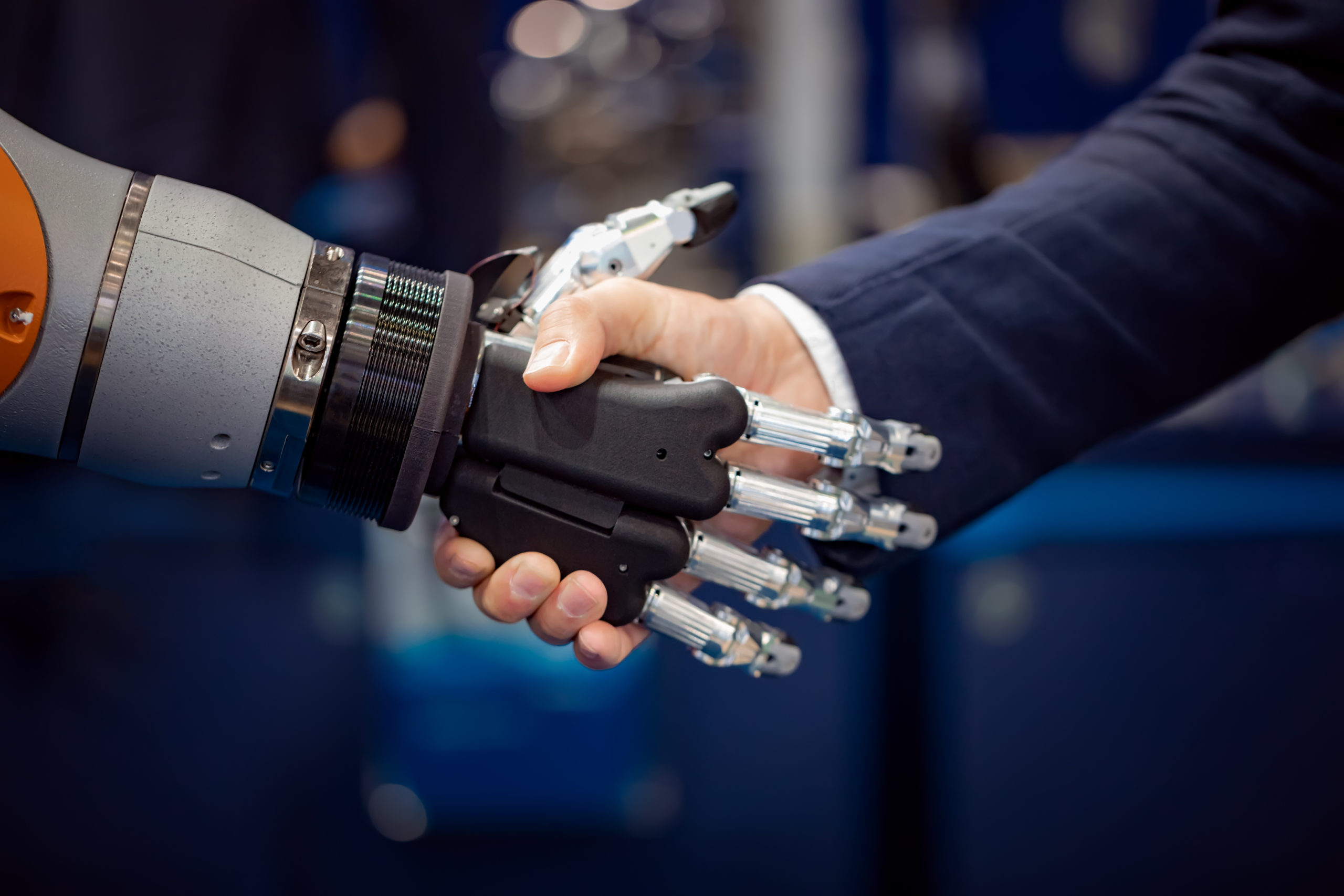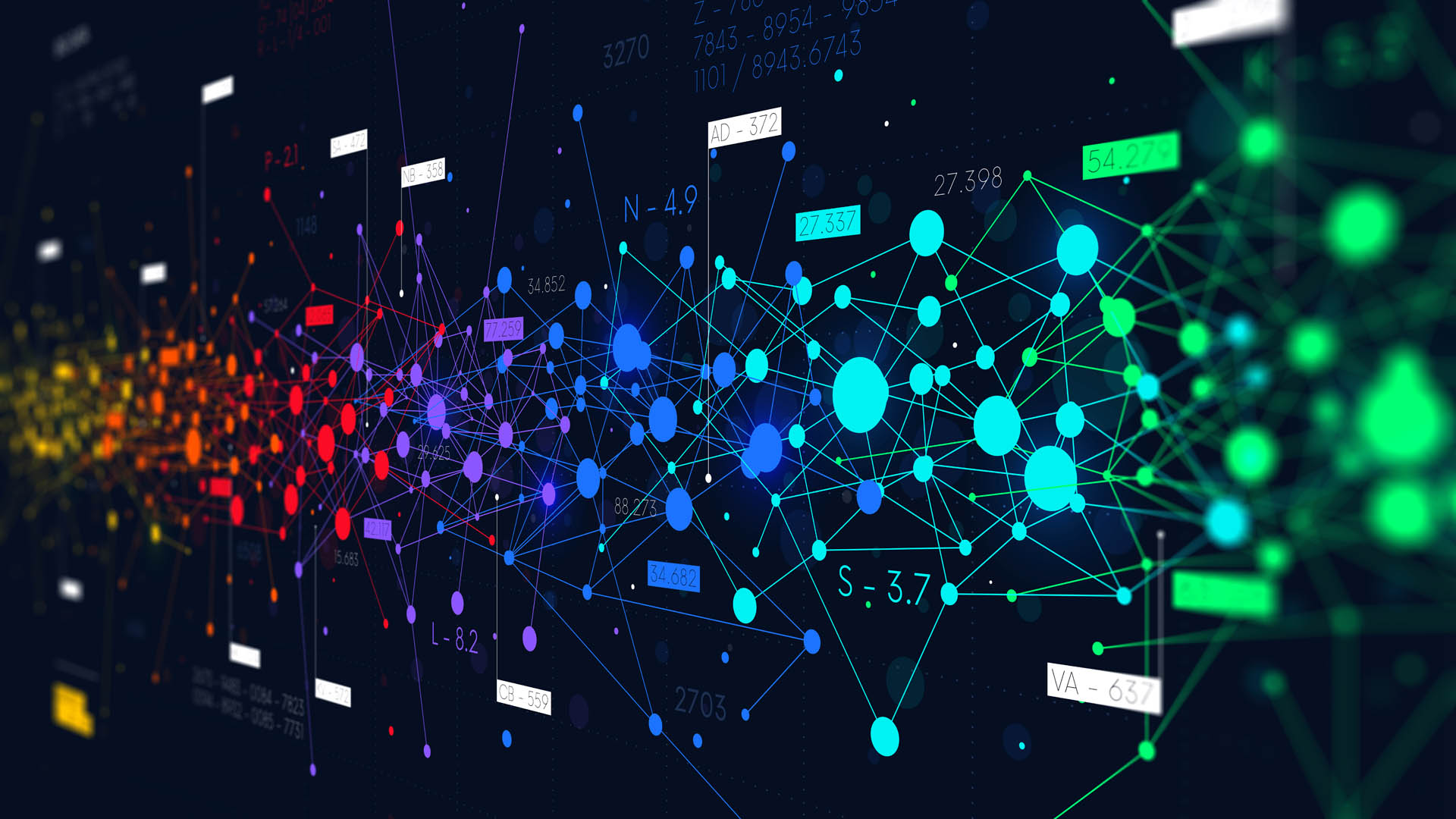Enhanced decision-making.
It’s like HAL 9000, but without the homicidal computer bit.


What is machine learning?
No, the machines are not taking over. Yet. Machine learning is a branch of artificial intelligence (AI) and computer science which focuses on the use of data and algorithms to imitate the way that humans learn, gradually improving the overall accuracy. When people use the term “AI” today, they are almost always really talking about machine learning.
AI is a term that defines a broad category of intelligence – much of which is still highly experimental, or even still solely theoretical. But machine learning is a mature technology that is already in use in thousands of applications across hundreds of industries, and you will often find it as part of an IoT solution.
When should machine learning be used in an IoT solution?

Just like almost every “should I use it” questions, the real answer is “it depends.” Machine learning is not a magic bullet or ingredient. It is a technology like any other that, in certain applications, can add a tremendous amount of value to the solution. And in other cases, it has no place whatsoever.
Many of the rules and resulting decisions for IoT use cases are straightforward, with no need for extensive logic to execute. When looking at a stream of temperature data for an industrial machine, for example, a few lines of code could construct an alert when the value exceeds a predetermined threshold. But now, let’s use the same example but assume it requires an analysis of readings from two different sensor types simultaneously, with interdependence. The actionable threshold for temperature could be lower when the humidity rises to a level when the two together represent a trigger for an action, which also looks like a relatively simple coding task, with an easily understood data universe. In order to determine if machine learning would be a fit in this solution, we need to decide if particular patterns in the data are of significant interest. If a machine learning solution could detect these patterns more efficiently than other approaches, we may have a good case for implementation.
Bottom line, we can and will recommend and use machine learning when it makes sense for the particular problem you’re trying to solve. The result can be magical, in that it solves the problem really well, not that machine learning is magical in and of itself.
